Die Notizen No. 2
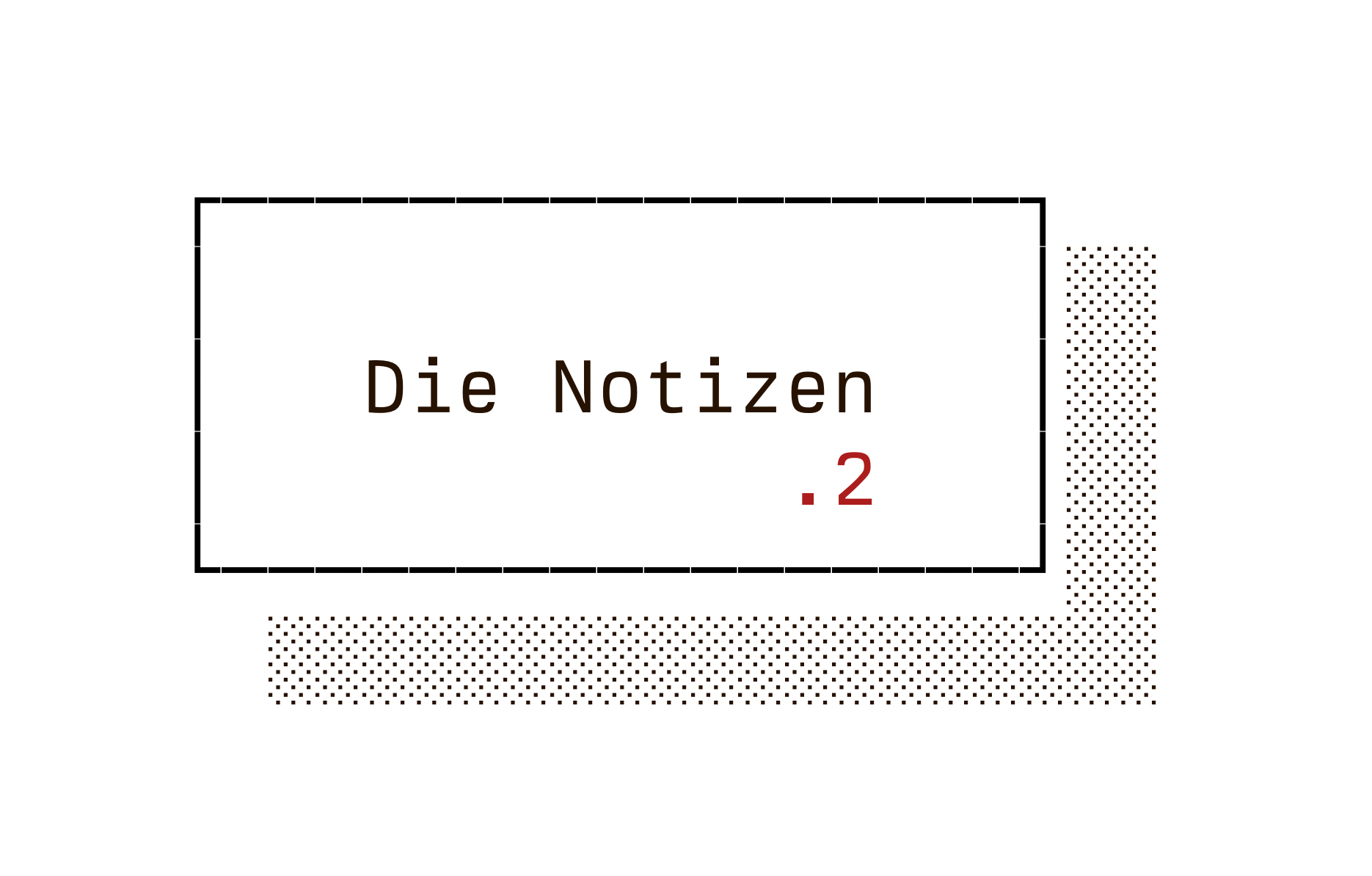
My Workspace
I was featured on https://www.workspaces.xyz. You can see my office with all its details. My room is separated into two halves, one is what I call the Lounge Area, and the other section is my Coffee/Work area. Check out the issue #265 for more details.
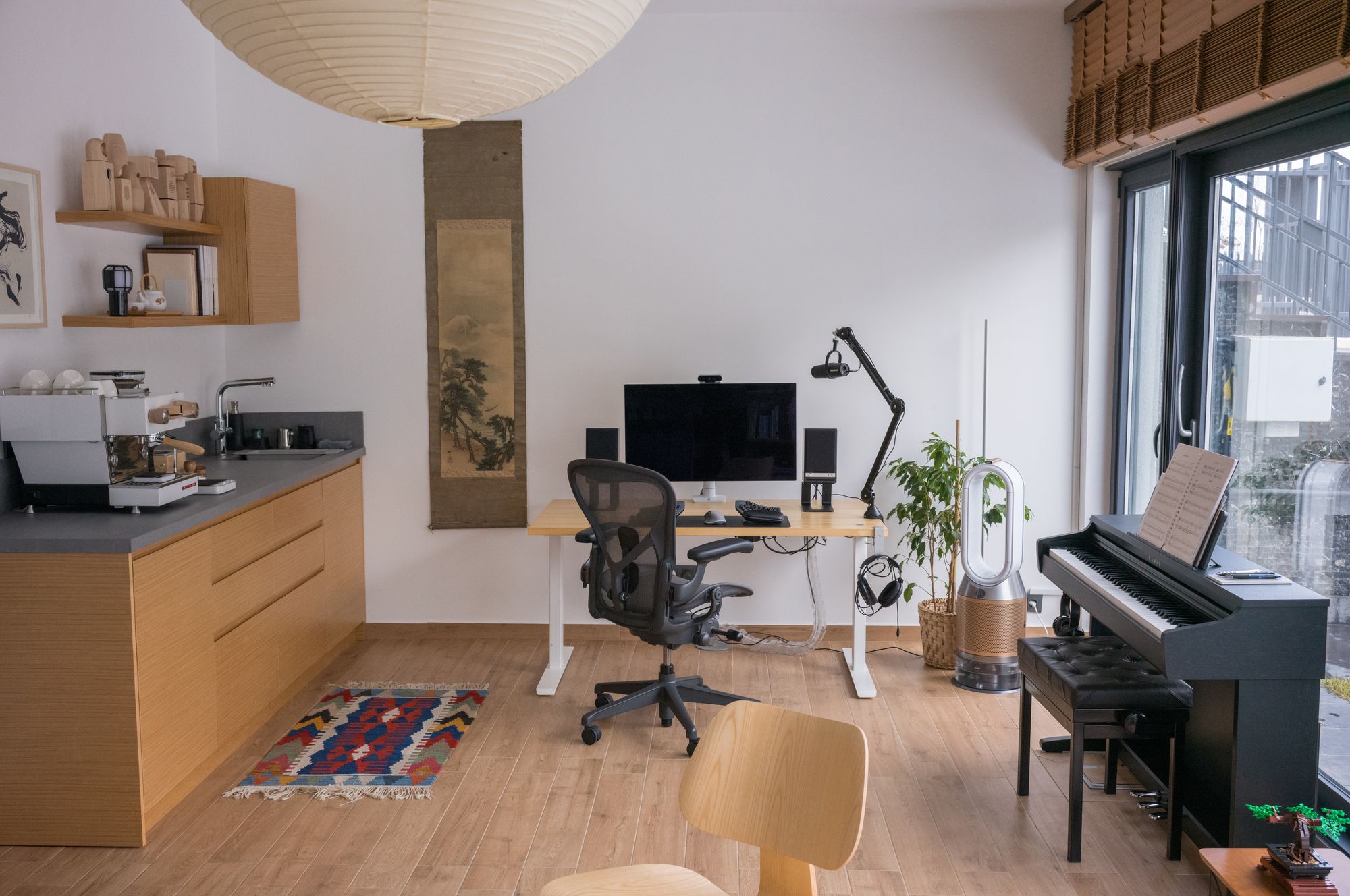
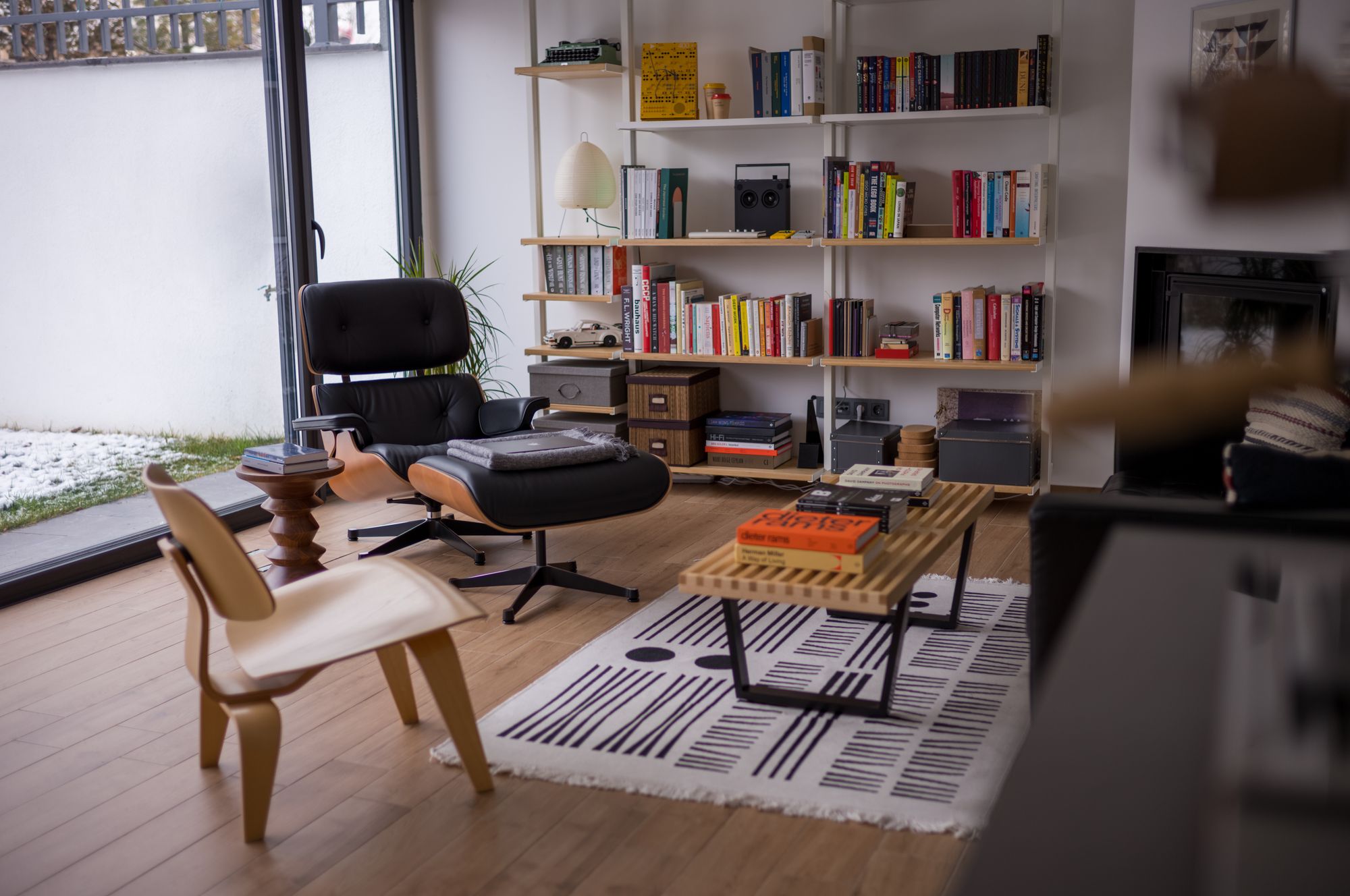
Theaster Gates
Theaster Gates (born August 28, 1973) is an American social artist and a professor in the Department of Visual Arts at the University of Chicago. He was born in Chicago, Illinois, where he still lives and works. I never heard about him until I watched the second episode of “Home”, a TV show from Apple TV+ that shows the importance of homes and houses in various countries.
Here is a sneak peek of the episode:
What strikes me is his power and willingness to protect his people and spend his wealth towards improving the people he calls a family. Gentrification is a hot topic, but he goes and buys deteriorating houses, restores them, and provides everyone the opportunity to do their best.
I don’t actually need a lot of space for me, but I do want a lot of space so that I can see the mad potential within my people - Theaster Gates
Watching this episode made me realize that if you call a place a home, you don’t have to leave it if things go south. You could do wonders if you have the wealth and the will to change things. Sometimes it’s worth picking up a fight.
Watch Theaster Gates’s Ideas on Apple TV+ and the things he did in Southside, Chicago.
Togo Sofa
The Togo Sofa was released in 1973 by Michel Ducaroy, a French Designer. The sofa is all foam and has no base or hard points. You probably have seen it in many Instagram influencer accounts because it has become a trend in the past five years.
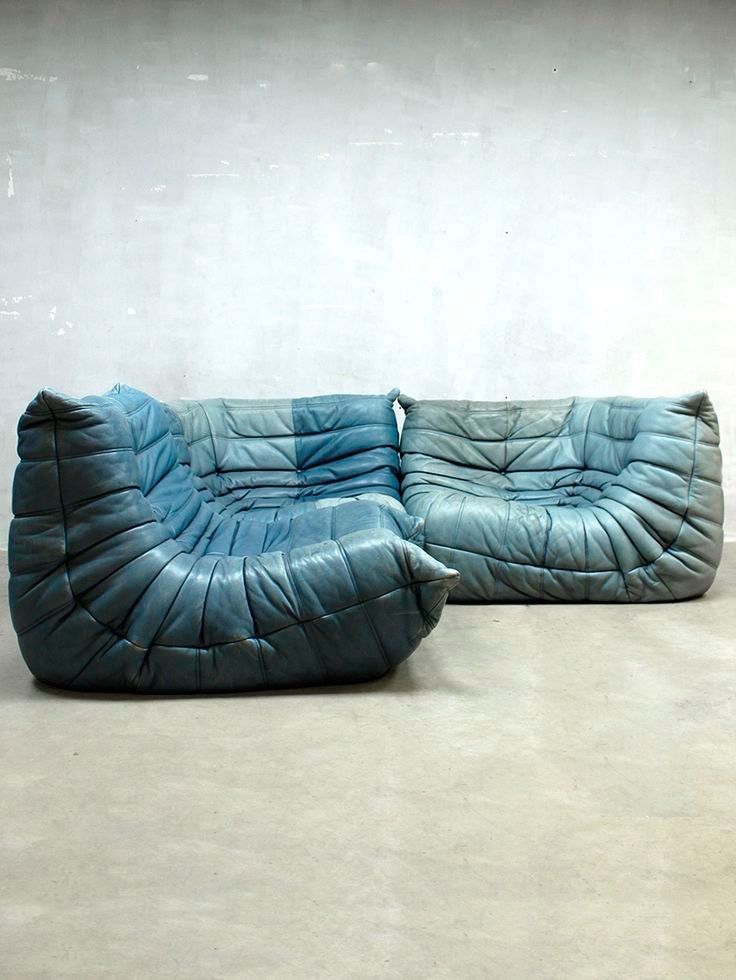
For me, the Togo sofa looks more like a fashion statement than a functional piece of furniture. It’s too low for my liking and is comfortable only if you sit in a particular position.
The Togo sofa is produced by Ligne Roset and starts around $2000 for a two-seater model. Here is a story on how Michel Ducaroy come up with the design: https://www.architecturaldigest.com/story/the-story-behind-michel-ducaroys-iconic-slouchy-togo-seating
Universal Typeface
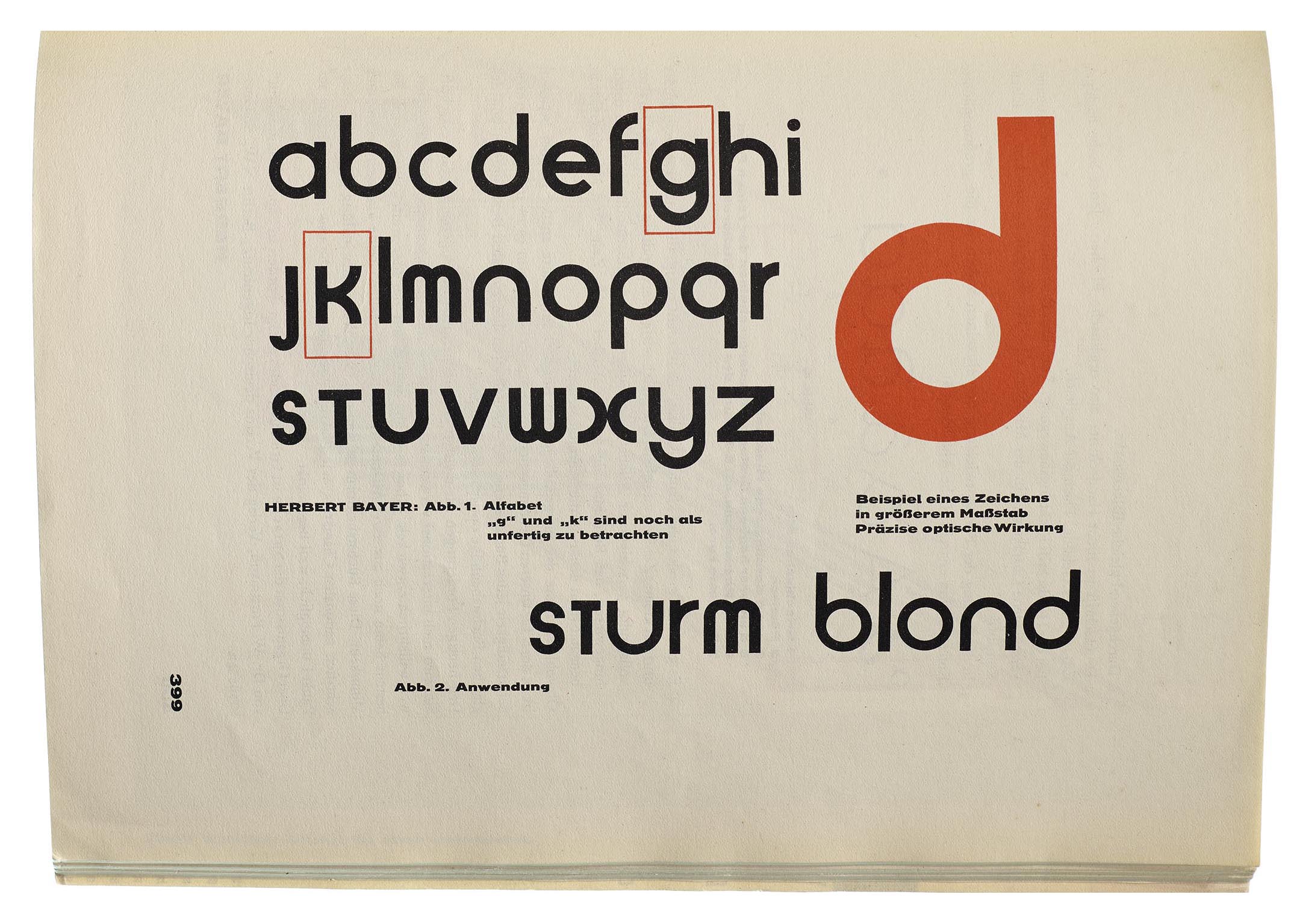
Using only small letters (a.k.a lowercase) is something that fascinates many people in the world. In 1925, Herbert Bayer persuaded Gropius (Bauhaus director) to use a new system of writing where only lowercase letters were used at the Bauhaus.
Bayer designed the Universal Typeface and reduced the alphabet to only lowercase letters. They were pure geometric forms, which means you could draw them with a ruler or compass.
we write everything in small letters, as we save time. also: why 2 alphabets, if one achieves the same? why capitalize, if you can't speak big?
Here is the letterhead that Bayer itself has designed, and it recommends the usage of lowercase letters for the content:


Page 162 of "Thinking with Type"
2. durch kleinschreibung verliert unsere schrift nichts, wird aber leichter lesbar, leichter lernbar, wesentlich wirtschaftlicher.3. warum fur einen laut, z.b a zwei zeichen A und a? ein laut ein zeichen. warum zwei alfabete fur ein wort, warum die doppelte menge zeichen, wenn die halfte dasselbe erreicht?
Translation from German to English:
2. we don’t lose anything with the lowercase, but it’s easier to read, easier to learn, and more economical.
3. why for a sound, for example, two characters A and a? One sound, one character. Why two alphabets for a single world, why double the number of characters when half achieves the same thing?
As you see, Bayer had some valuable ideas, and they were not groundless. The typeface was never used as a real type, though, but many other fonts were inspired by it. Notable ITC Bauhaus and Architype Bayer.
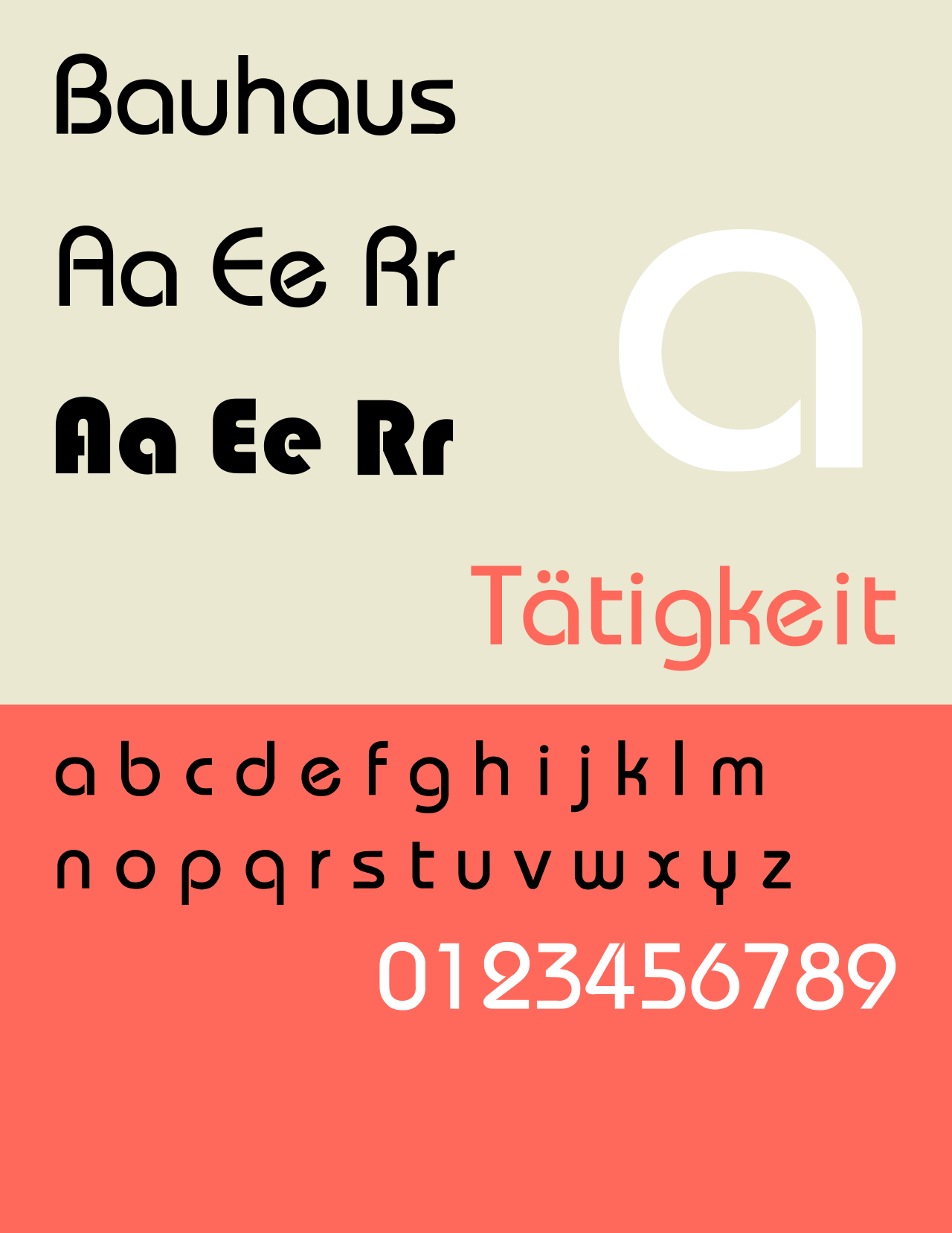
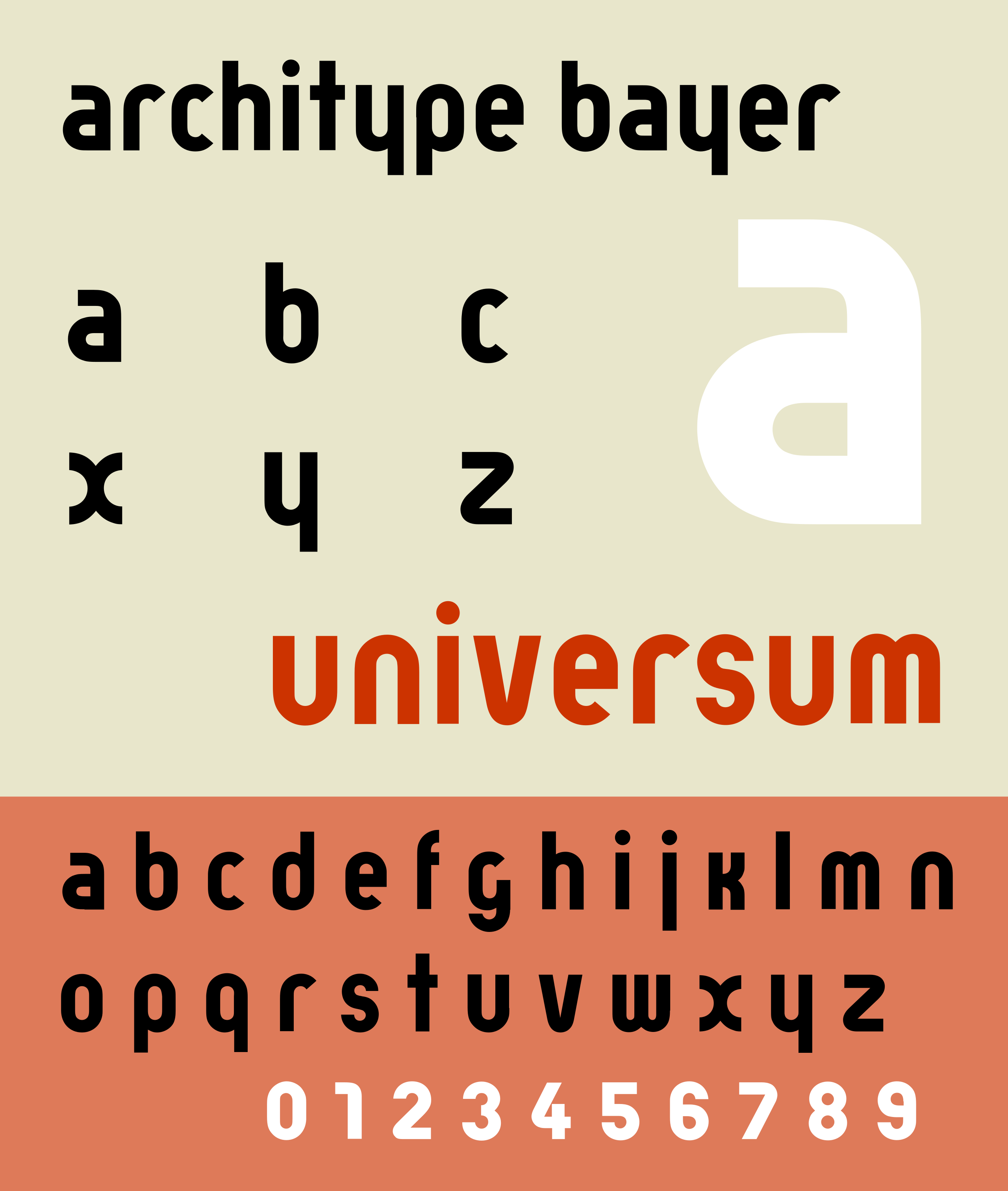
ITC Bauhaus and Architype Bayer type faces
Databases Sharding Explained
The blog post from Mahdi Yusuf goes into the details of how Sharding works. Scaling a DB is easy if you know how your data behaves and its constraints. Sometimes just bumping up the machine specs to a larger value (e.g, CPU, Memory) is all you need. This is called vertical sharding.
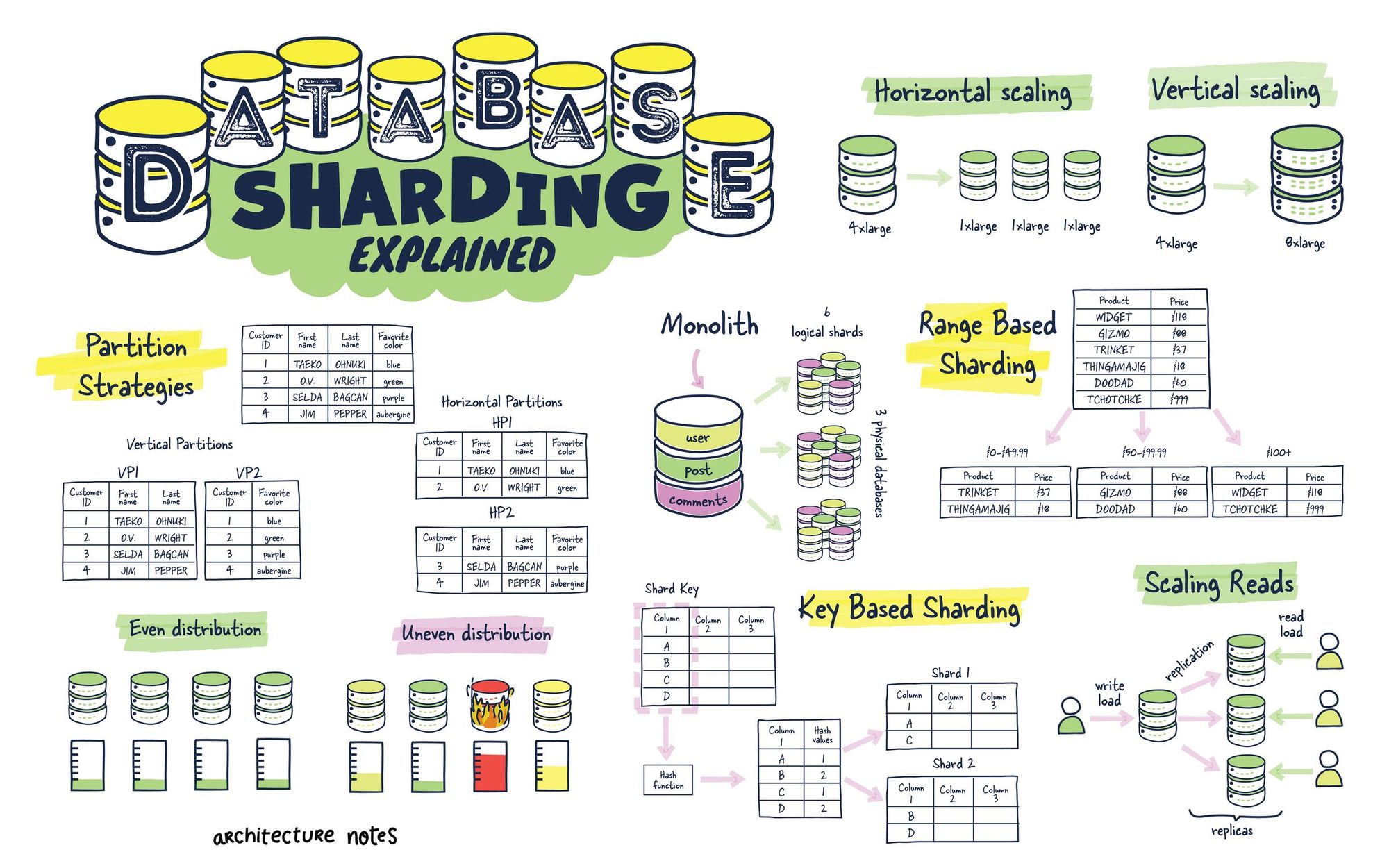
However, physical machines are limited, and you can scale up to a specific size. After that, you have to think about how to distribute your data and split it into two or more machines. That way, you can use several small machines instead of putting all your data into a single powerful machine. This is called horizontal sharding.
If you decide to use horizontal sharding, knowing HOW you distributed your data is essential so you can find it again. If you put one customer's data in machine A and another in machine B, how do you know which one contains the data?

This is where several sharding algorithms come into place. Usually, you have to come up with a certain logic, such as sharding by hashing the key, splitting by a particular column value, etc. Some database technologies, such as Vitess, do data distributing (sharding) and putting/finding the data into the proper machine automatically. Vitess allows you to choose which Sharding algorithm you want to use. They are complicated to run in the first place, but they have a solid foundation and give you the tools to grow your data with no pain.
(Disclaimer: I’m an employee at PlanetScale, and we offer an easy-to-scale MySQL Database powered by Vitess technologies. Nevertheless, I think Sharding is a universal topic, and it’s worth explaining the cons/pros of it.)
Portal Desk
Optical illusions are well known. Especially 2D ones that you can view via your browser easily. There are also 3D optical illusions, which are rare to find and primarily found in exhibitions or science museums.
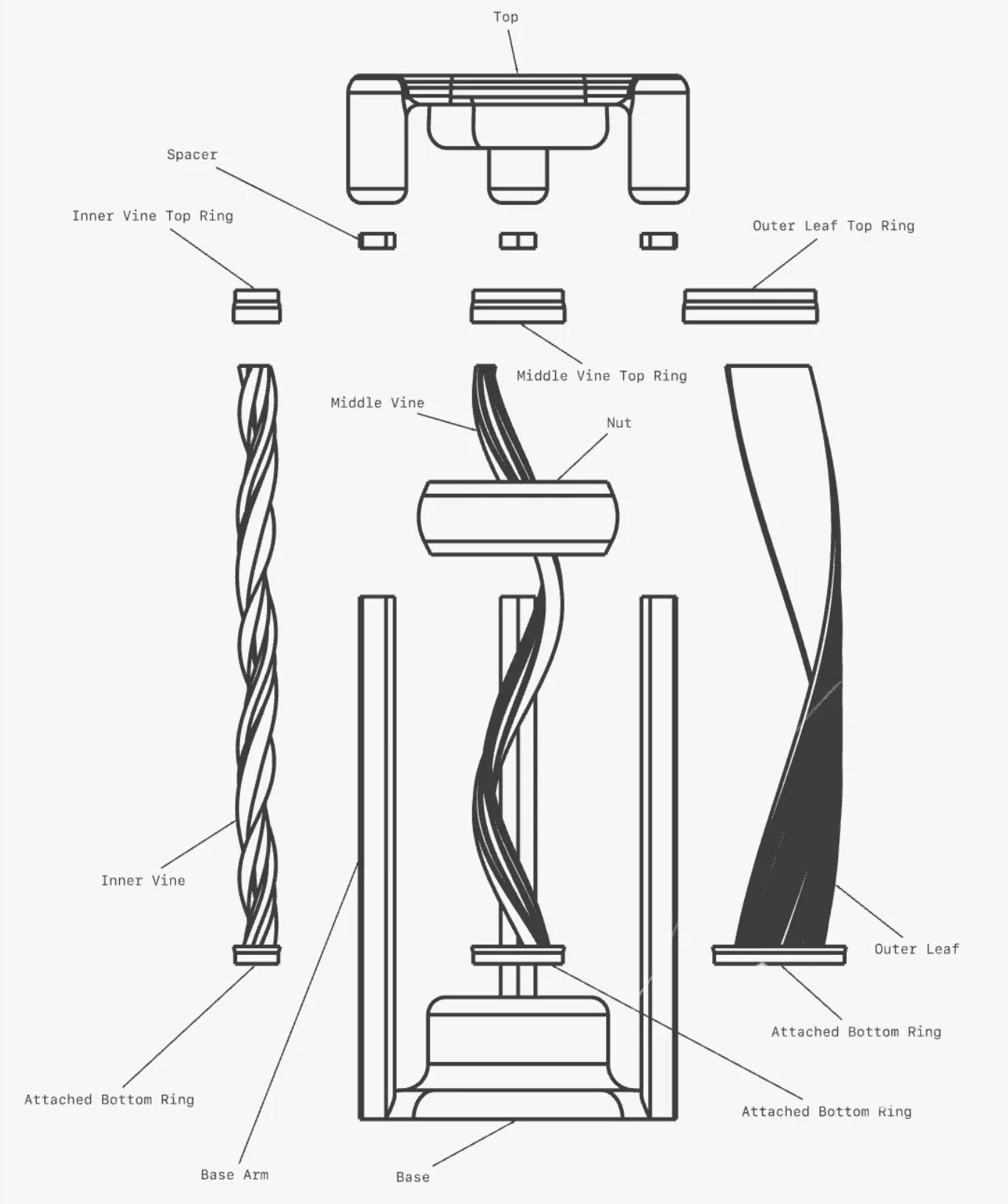
However, with the advent of 3D printing, a large community of people are creating models with optical illusions that can now be made at home. One of them is the Portal Desk, designed by Ada Cohen:
In this model, some vines and leaves apparently vanish into another portal. It’s fantastic and works surprisingly very well. The 3D model can be downloaded via Printables.com: https://www.printables.com/model/414209-botanical-portal-desk-toy.
Technolumen WNL30
The WNL 30 was designed by Wilhelm Wagenfeld. He was a German industrial designer and a former student of the Bauhaus art school. He is most famous for the WA24, also called the Wagenfeld Lamp. Bauhaus-era designs use materials like Metal and Glass heavily, and you can see this in Wagenfeld's work.
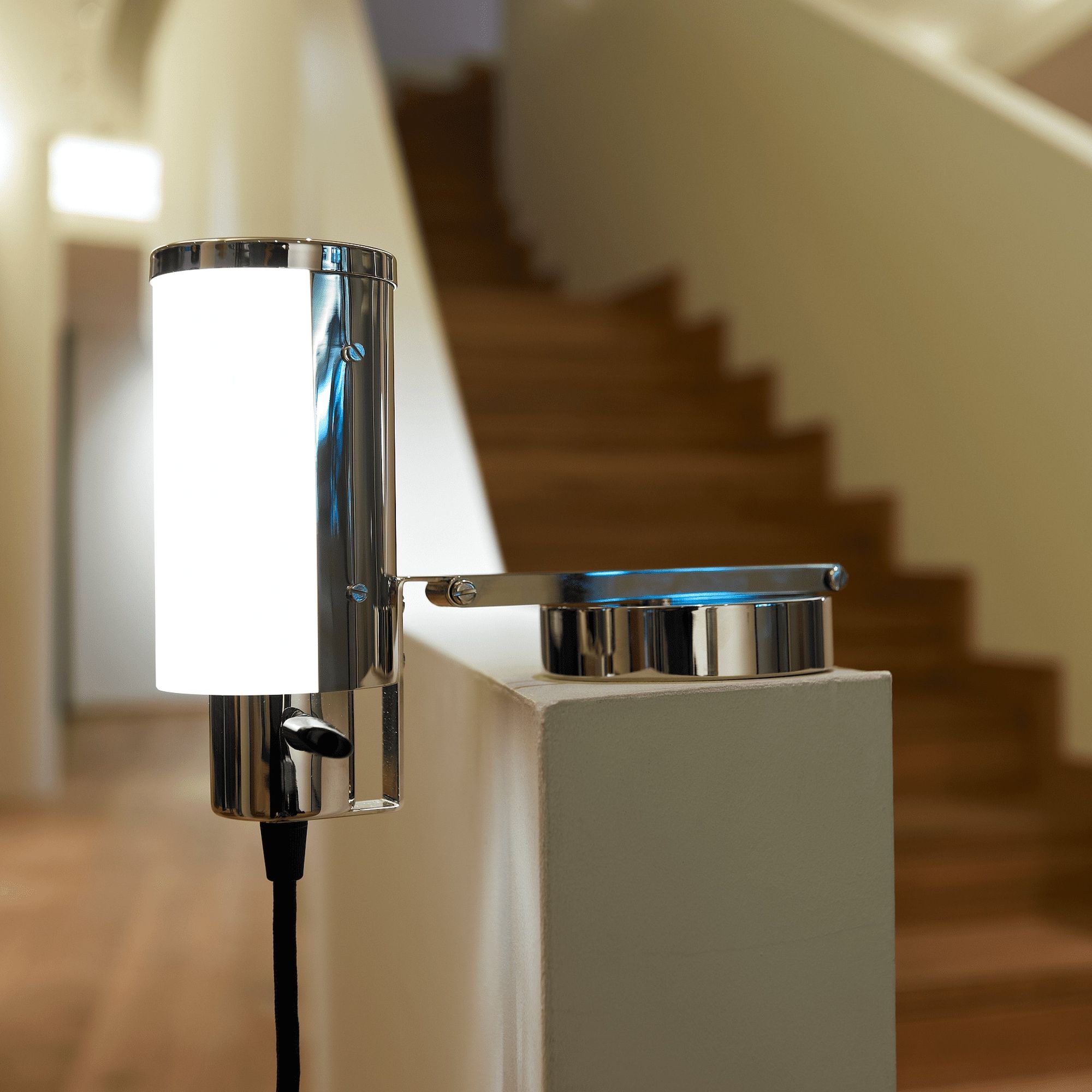


The WNL 30 in various states
The WNL 30 has an exciting design. It can be used as a bedside lamp, but due to two joints and hinges, it can also be mounted to the wall. The stand is also carefully designed so that the cable can be easily hidden away. The WNL 30 is produced by Tecnolumen and costs around €600,00.
Thanks for reading!
P.S.: If you like this series, please forward it to a like-minded friend. (If you're not subscribed yet, sign up here.)
